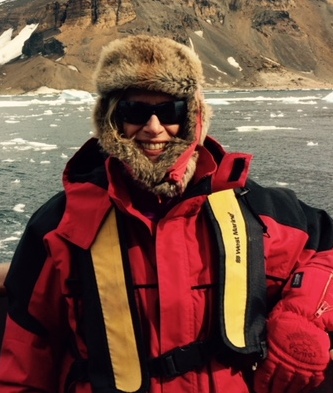By Gail Gold
Being a lover of travel and lucky enough to have done so extensively, the only continent that escaped me was near the South Pole: Antarctica. Going on an expedition to Antarctica was one of learning and discovery for me. This privilege and opportunity—one few people have—took a huge desire: good health and condition because it was not easy to reach, enough time because it was very far, and enough financial resource because it was quite expensive.

One has to travel to the southernmost town in the world, Ushuia, Argentina, where I had been once before, to take off by ship for the White Continent. I was up for the experience, although I knew crossing the Drake Passage could and would be, for this crossing, extremely difficult. Just reading about Shackleton’s sea-to-sea crossing from 1914 to 1917 was inspiring and heart-wrenching. He was stranded for 10 months, locked within the ice, where his ship was crushed from the pressure. I knew only a handful of people who had made this trip and was quite aware of the probable difficulty I faced making this crossing.

Undaunted, I made my reservation, bought all kinds of subarctic temperature clothing, tried on the mandatory red hooded parka to be worn for daily excursions, and was terribly excited to take the deep dive. Still, most of my friends couldn’t understand the why of my desire.
In the two days it takes to cross the savage seas of the Drake Passage, I realized how far out to sea the isolated continent actually was. I didn’t know what was ahead on the Russian icebreaker, where the Atlantic and Pacific oceans meet. Soon, I learned how inhospitable and hostile twenty-foot waves were—an altogether unpleasant experience.
So, what exactly is Antarctica? It is a land of superlatives: the highest, the driest, coldest, and windiest place on the planet. Antarctica is not a country, has no flag, and 98% of it is covered in ice. The 1961 Antarctica Treaty was signed between 50 nations designed for the pure cooperation of peace and scientific research in a natural reserve.
Antarctica, where snow and ice are so pervasive, is actually a desert. No rain, no inland lakes, no trees, no land predators. It is an alien landscape with a dominant motif of stinging, fierce wind and magnificent landscapes, and the most remote place on earth.

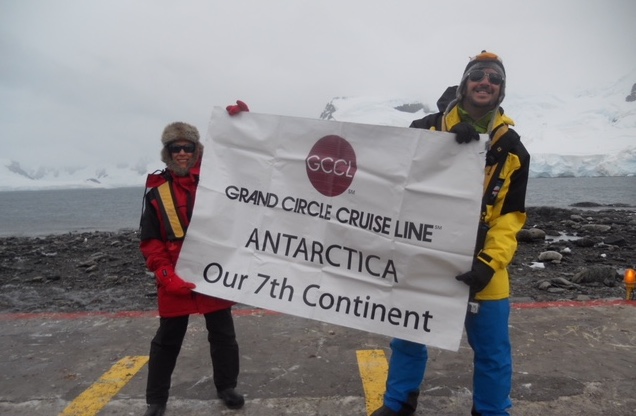
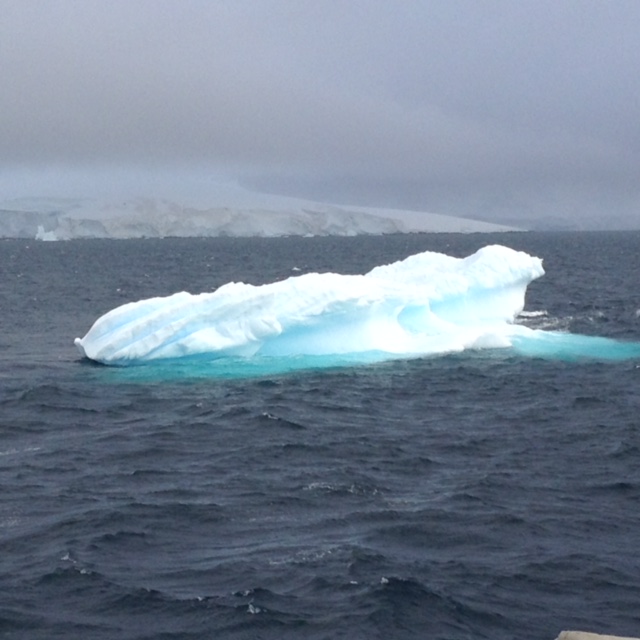
After crossing the convergence, where the cold arctic water flows under the warm southern water, I was in Antarctica, the bottom of the bottom of the world. This is not a defined line, but a physical phenomenon. Not a cloud in the blue, blue sky. I spotted the blowing of whales and saw breeching, their massive tails arching out of the water. Penguins flew through the water, skuas and albatross soared overhead, and icebergs calved from the edges of glaciers representing every color of blue on the color chart. It was all very exciting.

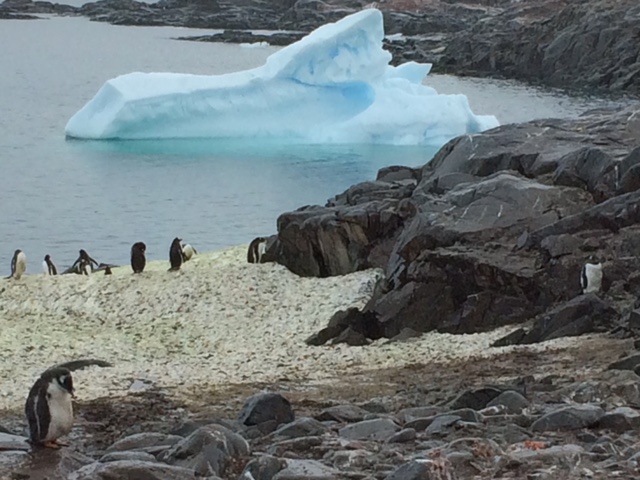
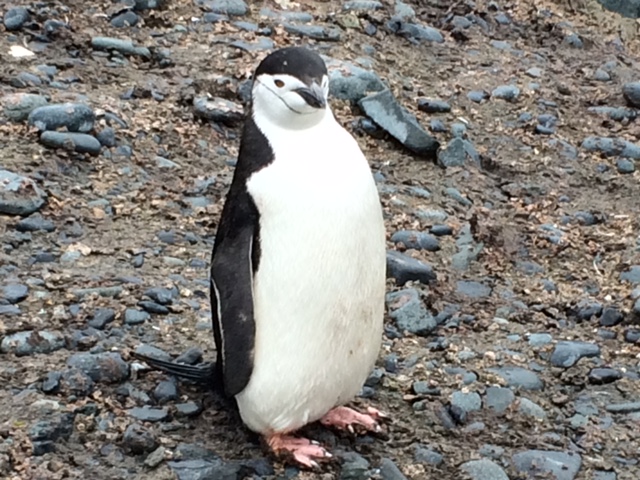
The isolation, severity, and strangeness give way to the rich marine life under the Southern Ocean. On the first zodiac ride (heavy motorized motor boats holding 11 people), I saw 3 types of penguins, Gentoo, Chinstrap, and Adelie, all cavorting and jumping into the water; humpback and fin whales; elephant and leopard seals; and albatross, petrel, cormorant, and tern birds.
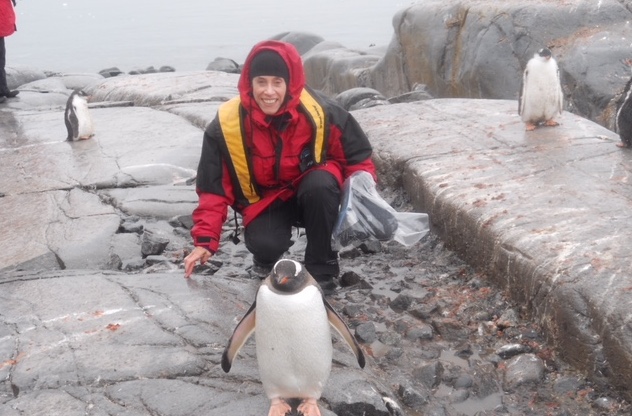
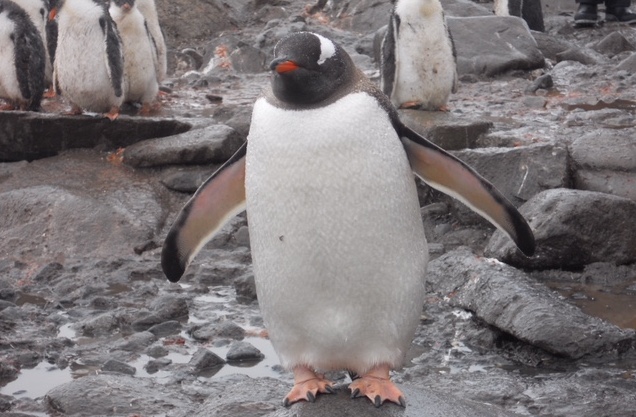

It is an absolute white wonderland, with utter stillness except in the noisy, thriving penguin rookeries. Occasionally, the zodiac driver would cut the engine, and you just drift. Nobody uttered a word. Your senses were taken over as you just looked, listened, and observed. It was a meditative, jaw-dropping beauty. The vastness was overwhelming, majestic, ever-changing, unearthly.
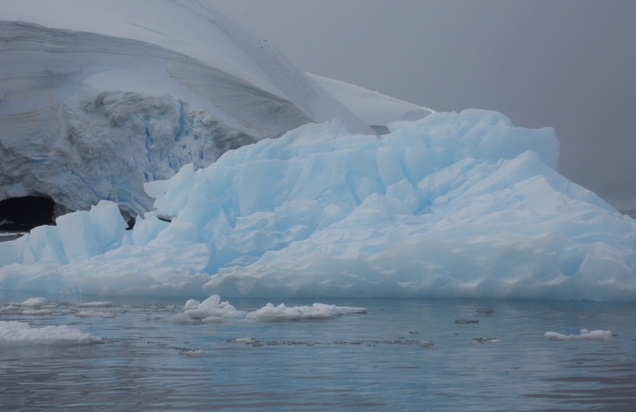
Ice, ice, ice. Serene, difficult, harsh, great beauty, more ice, tranquil, silent—a true natural wonderland untouched by man. “Untouched by man” burned deep into me. Where else on earth can you go and say it is untouched by man?
Nowhere. Just Antarctica.



